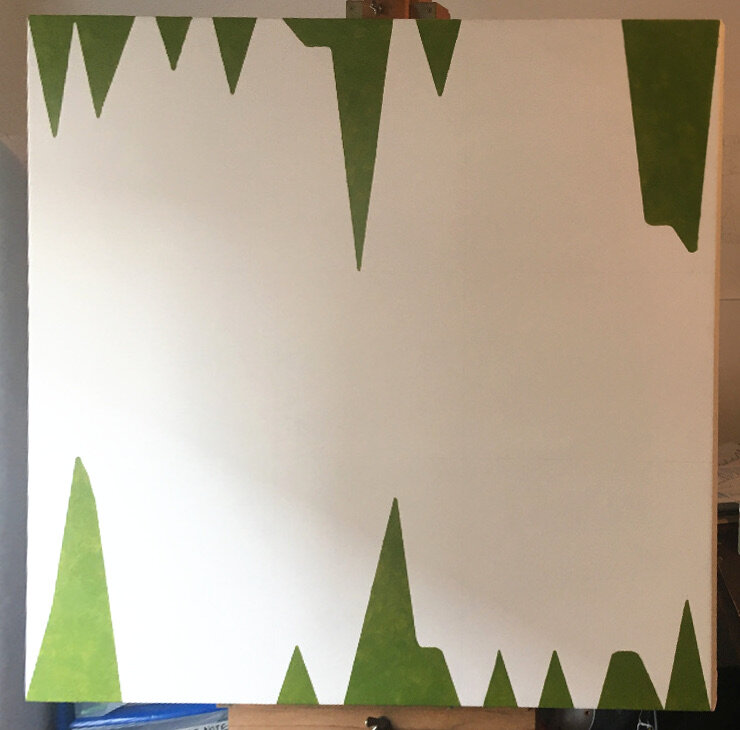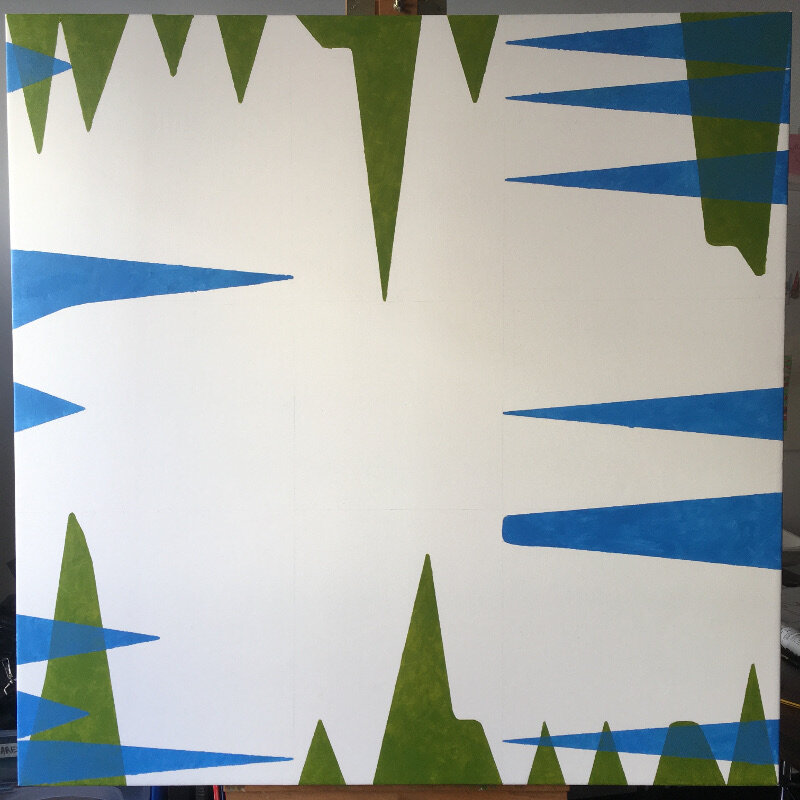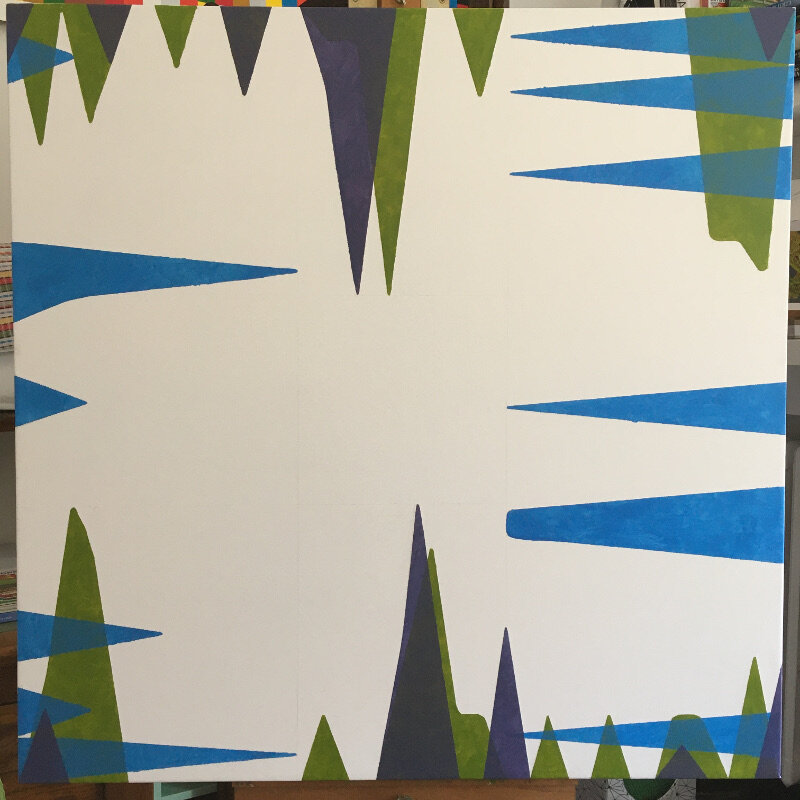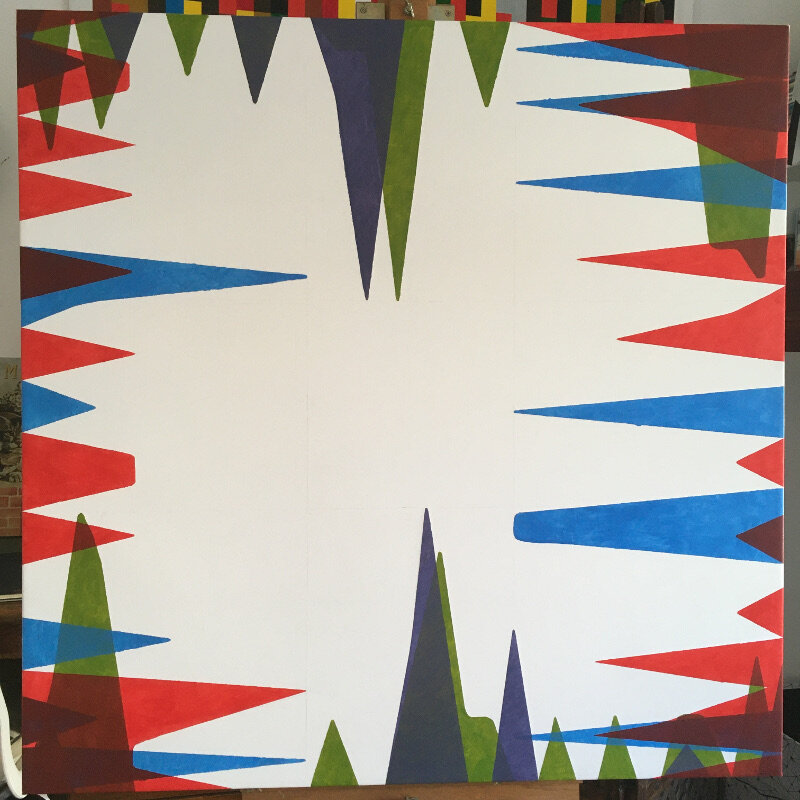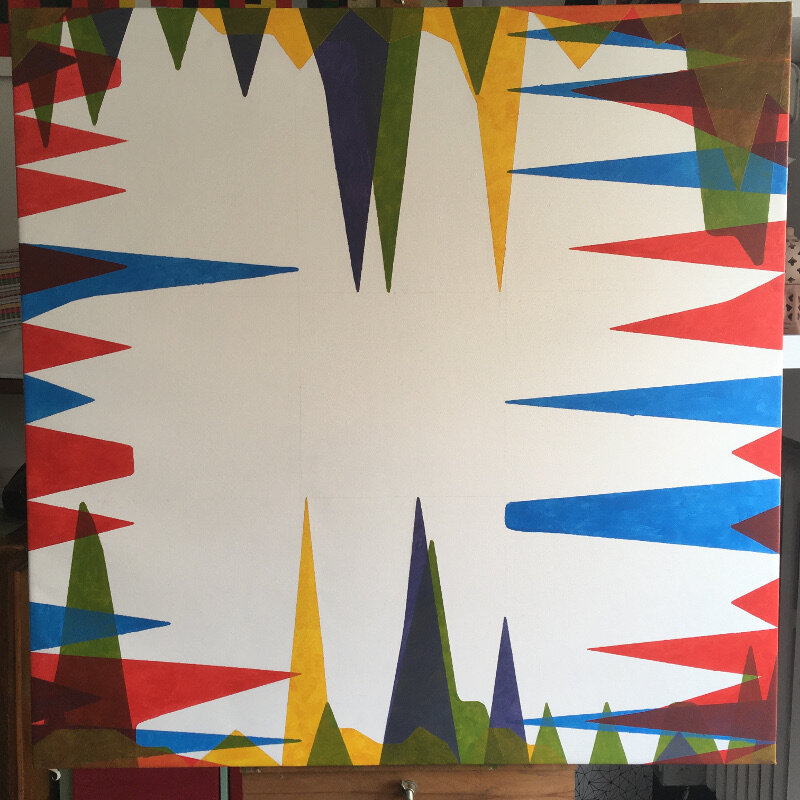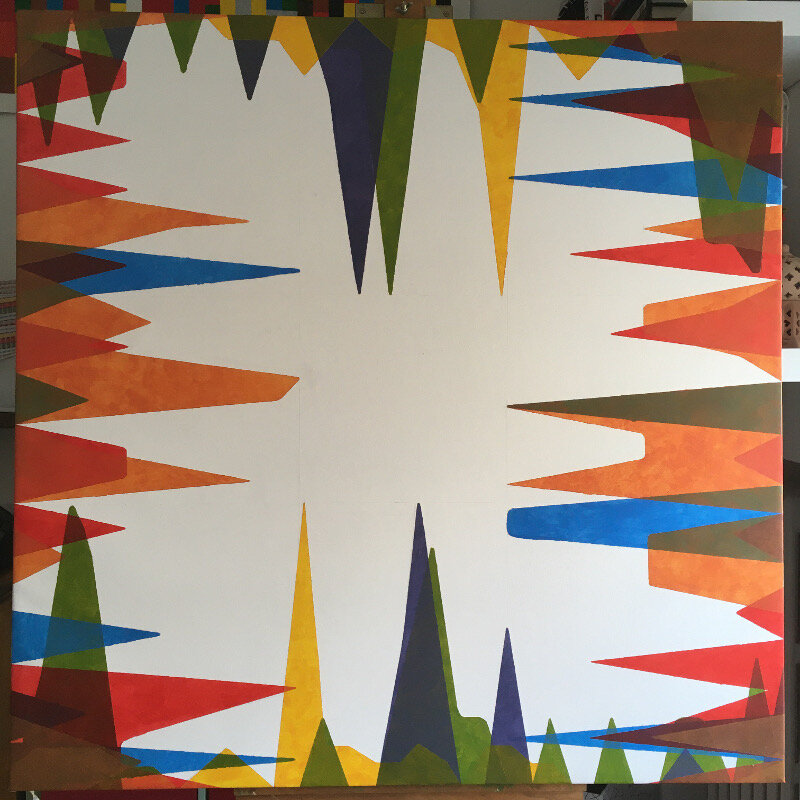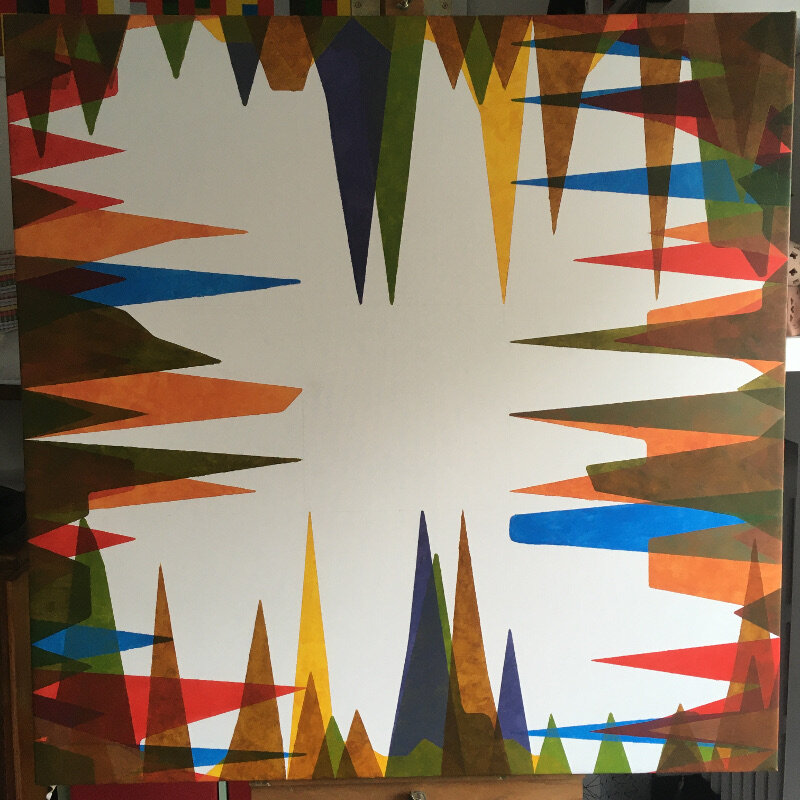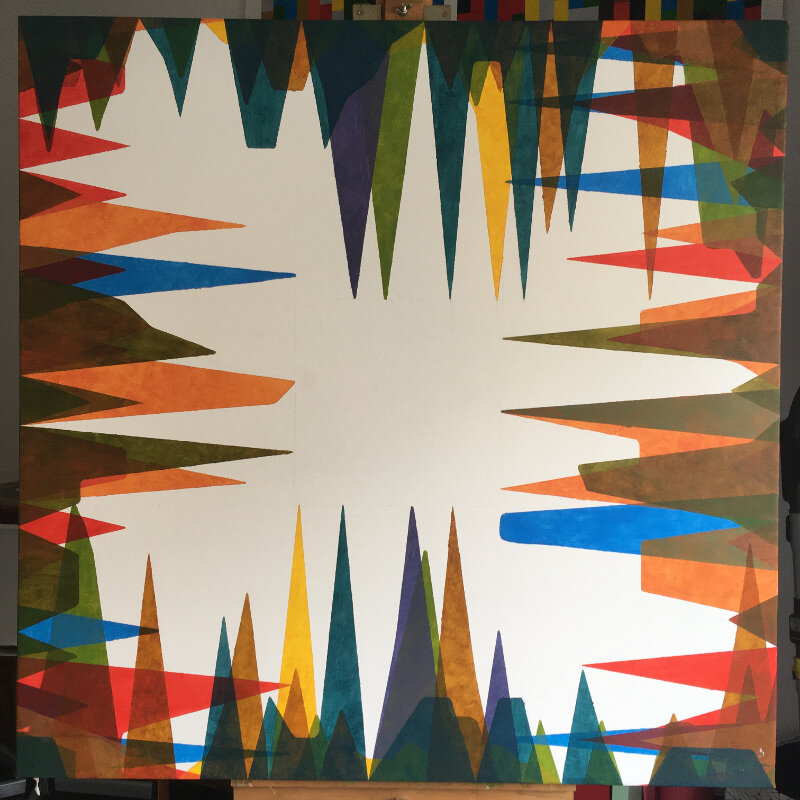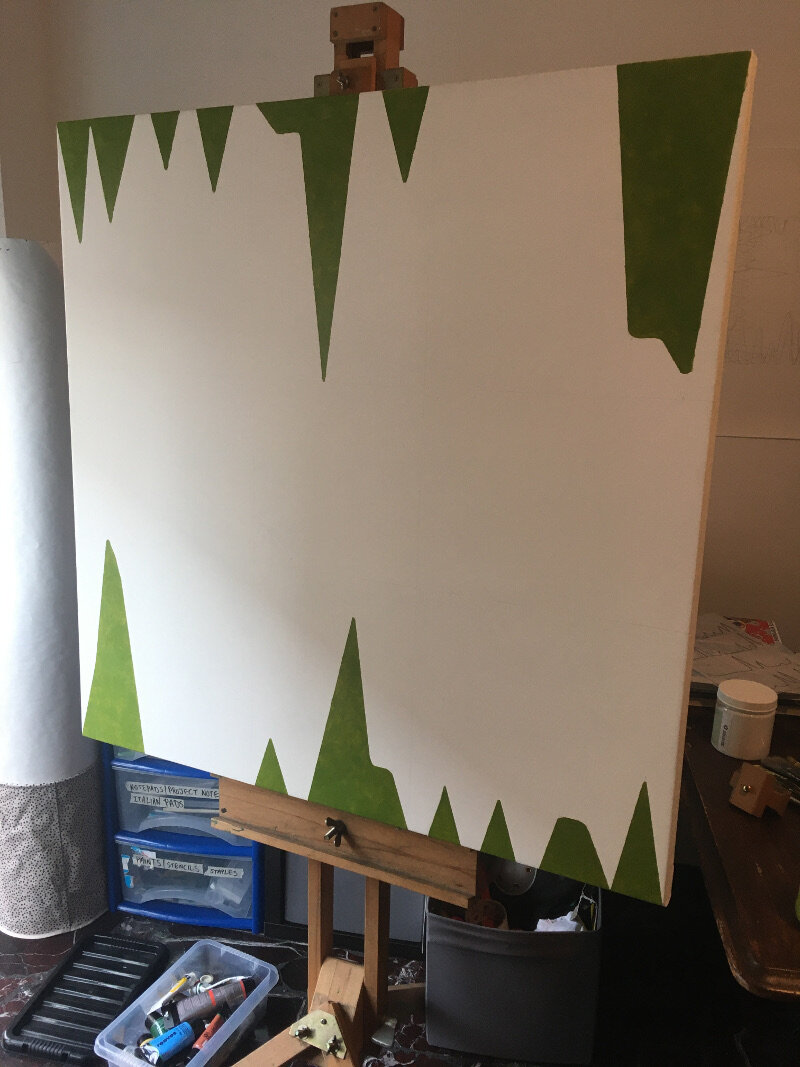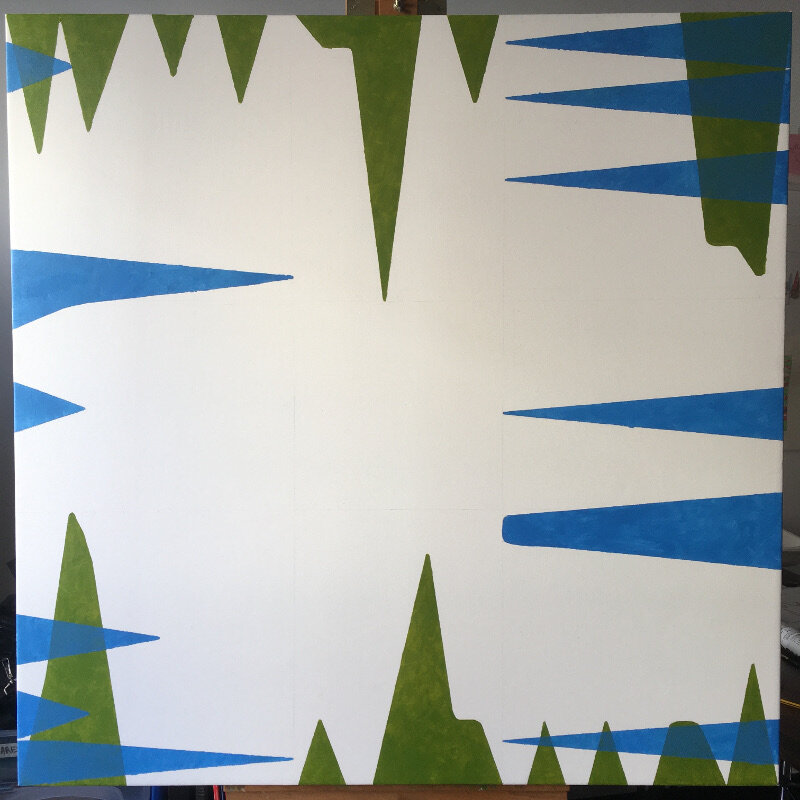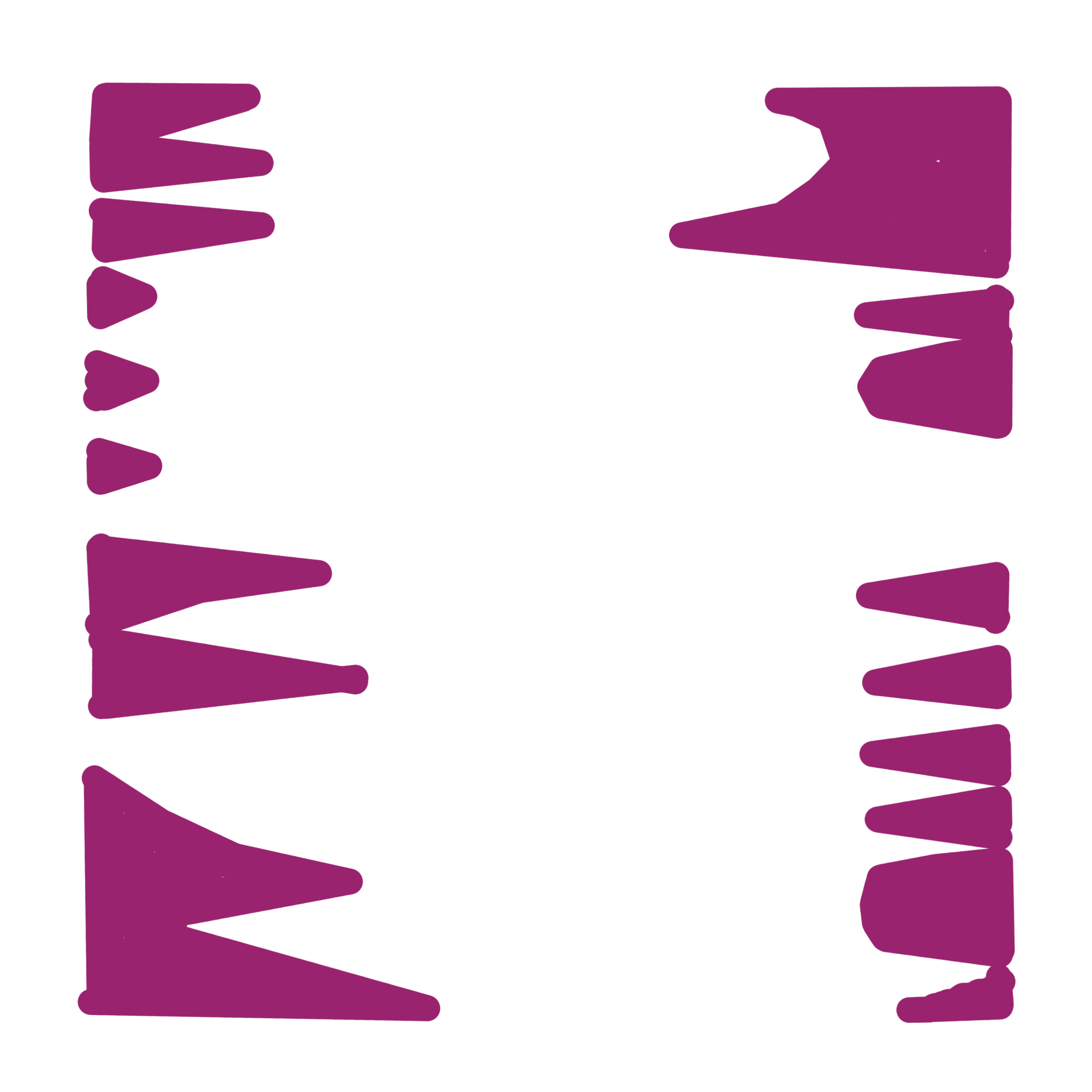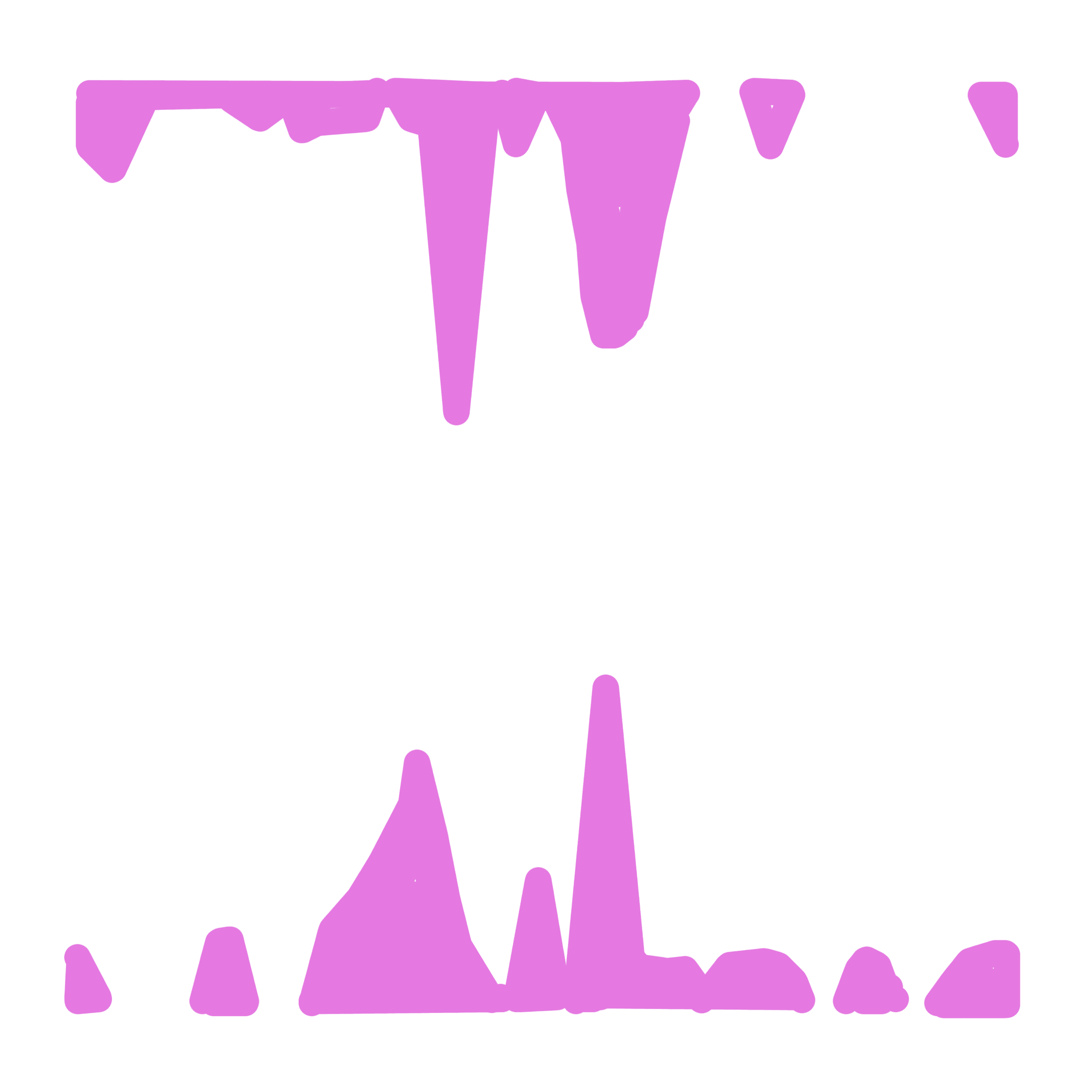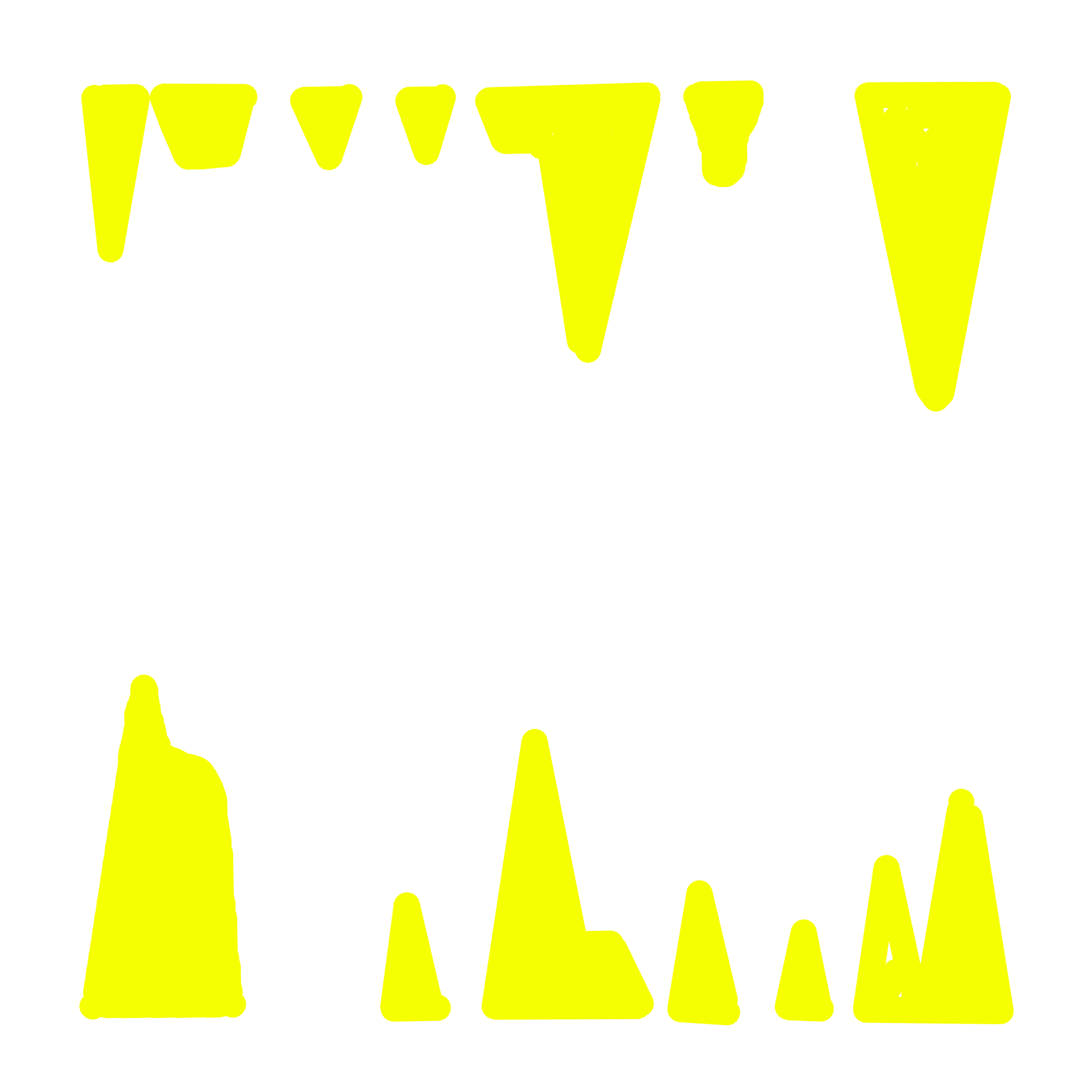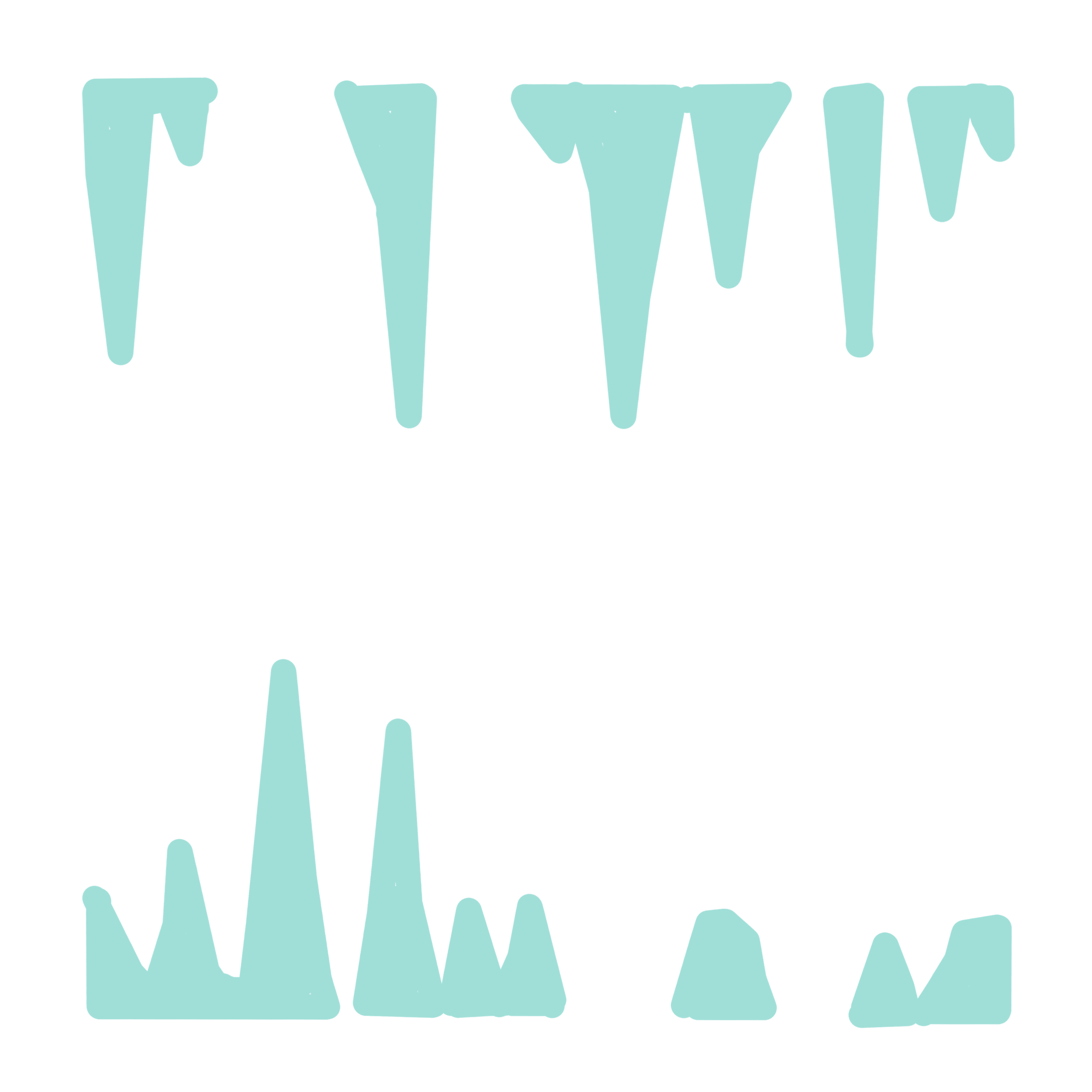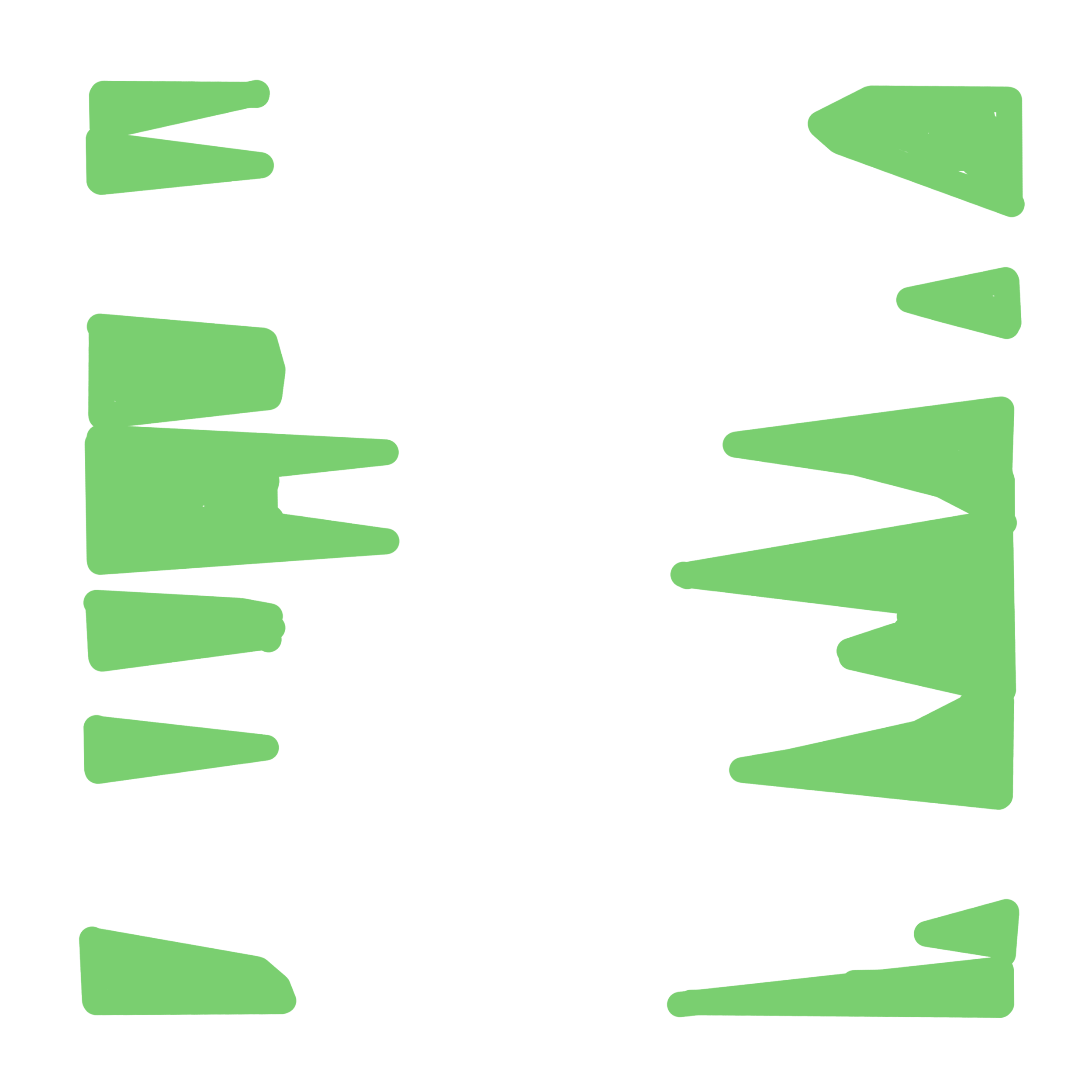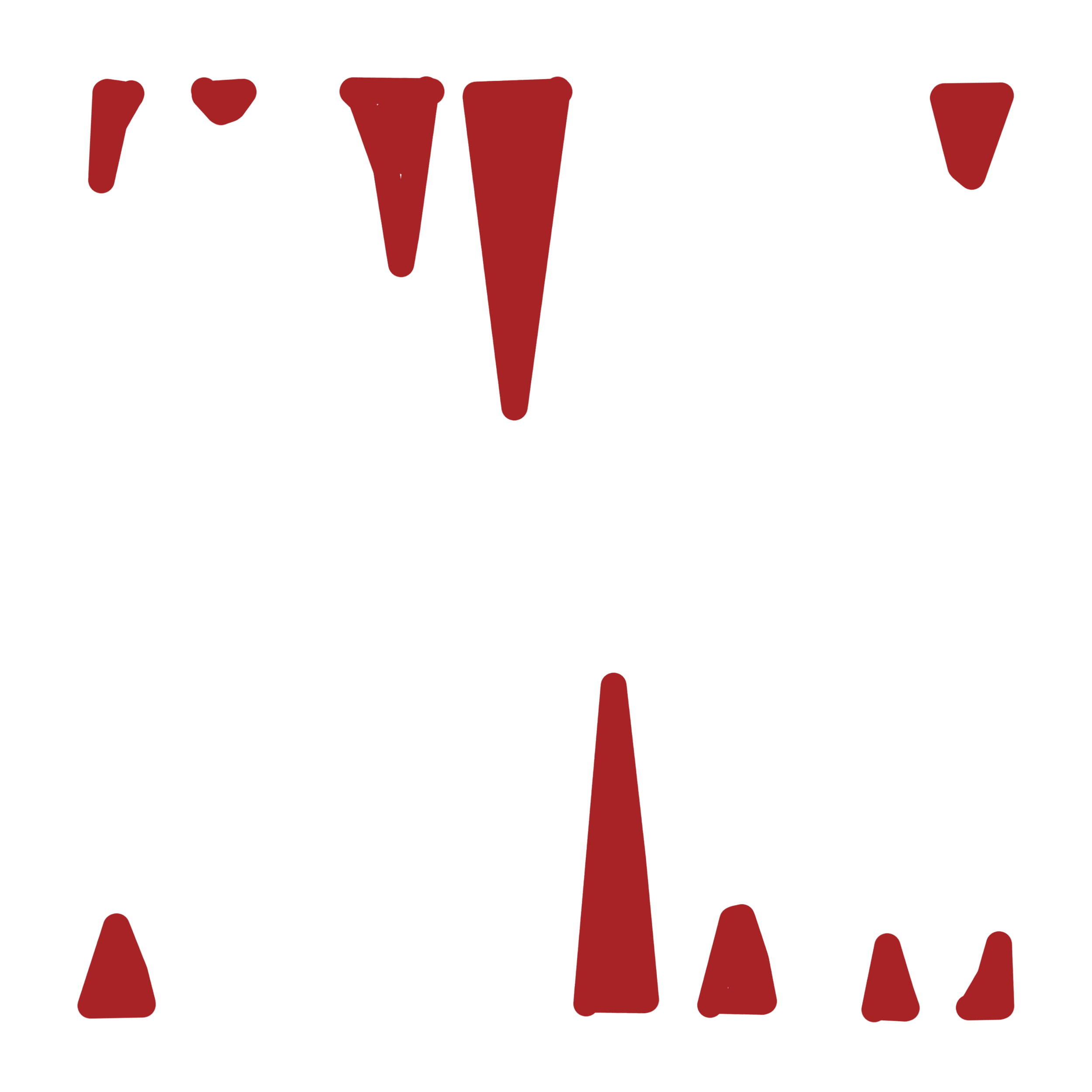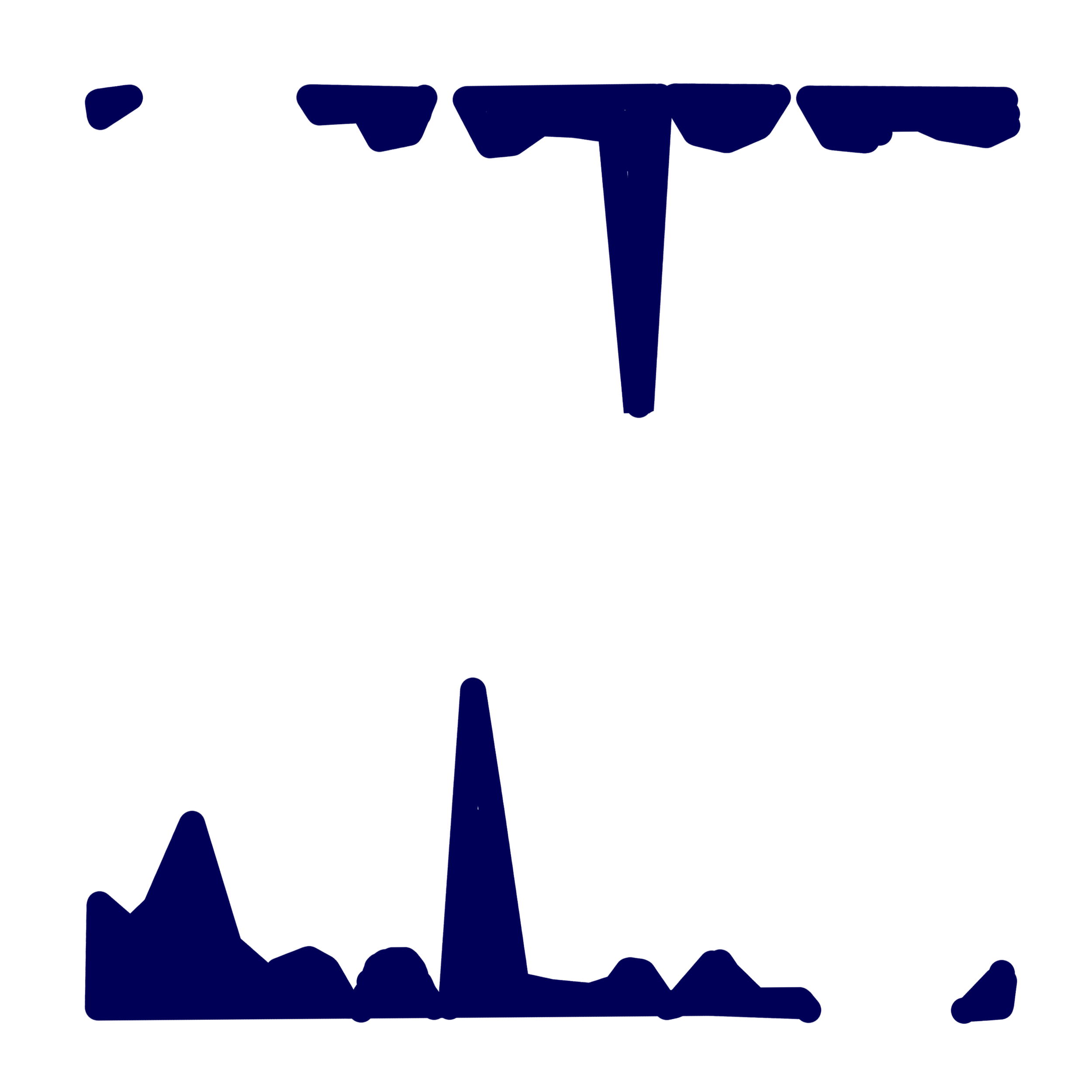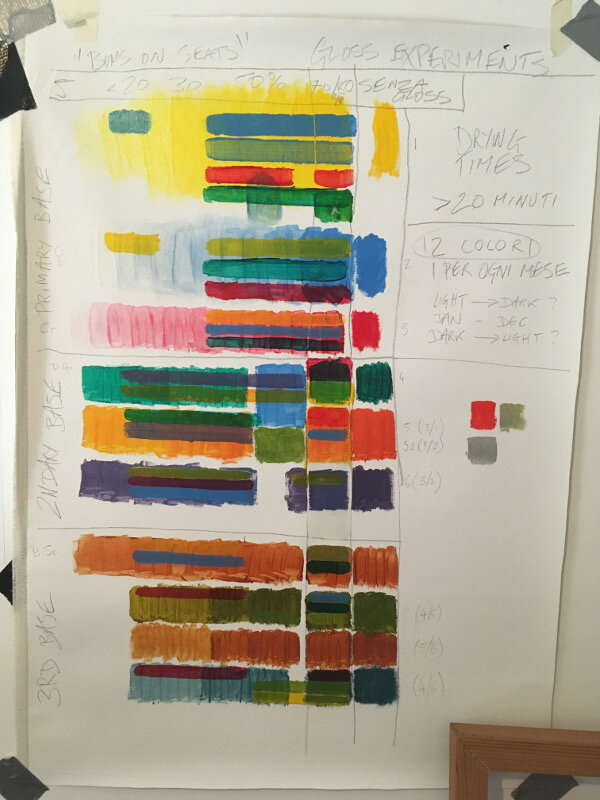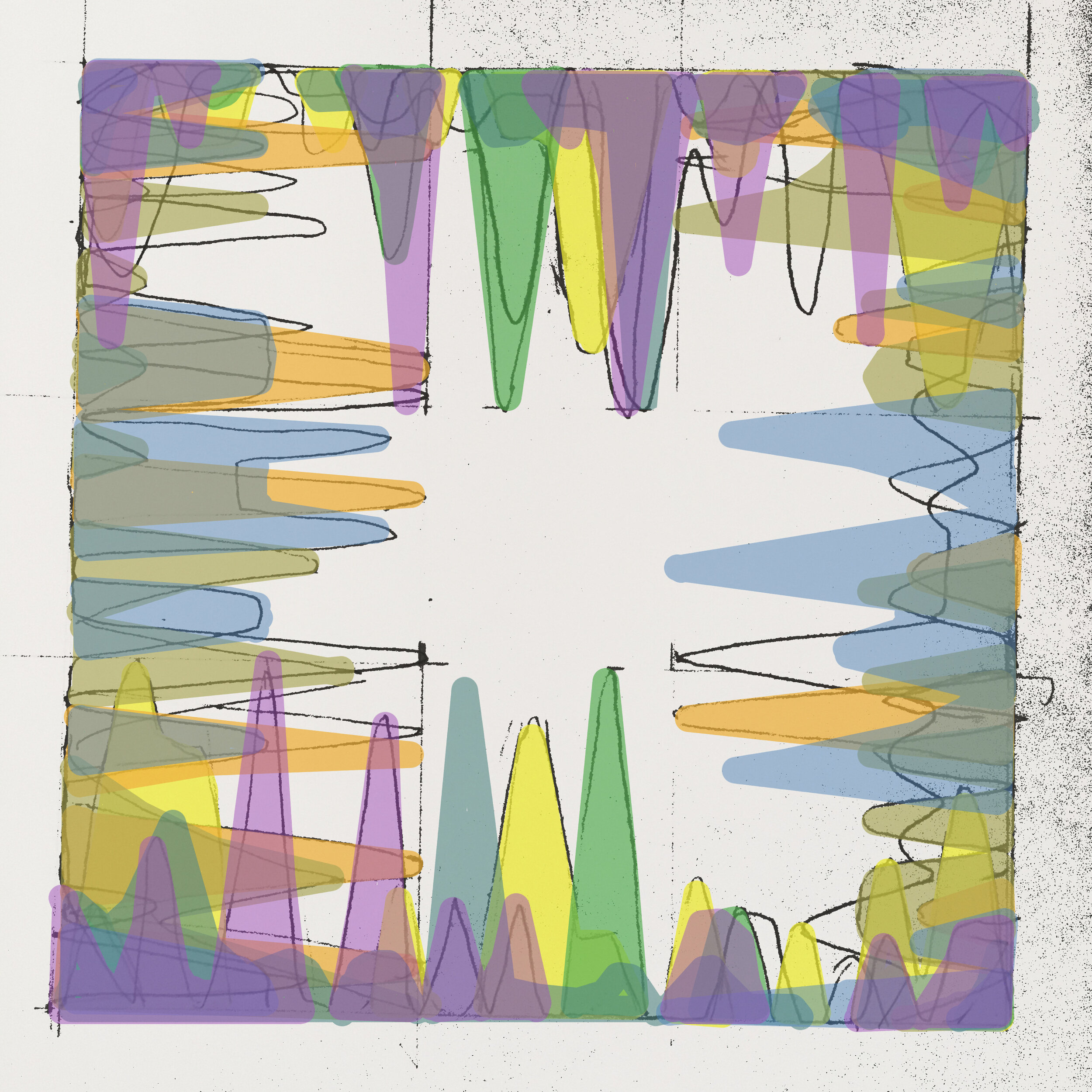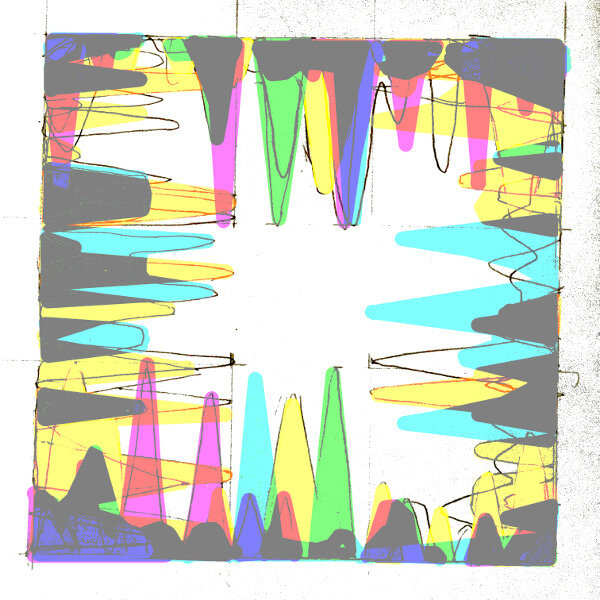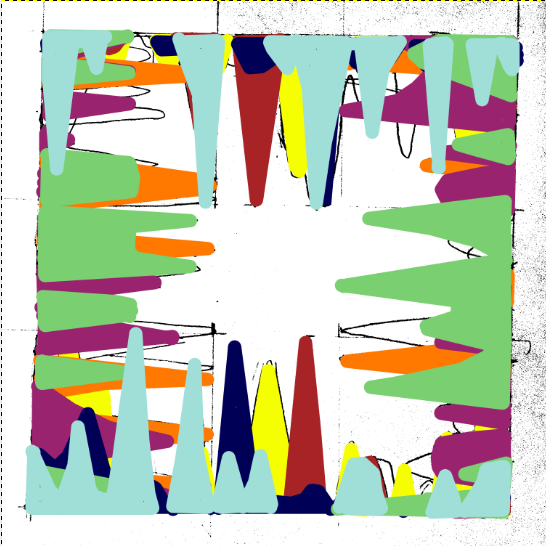A day job is one of those stubbornly real aspects that, as an artist, you try to suppress (or at least try not to mention) as much as possible. Such a dirty word spoils the romantic image of an artist existing for their own work and very little else. It does however, remain an image that is pushed on us as students; that having the freedom, time and space to do whatever you want equals success amongst your peers. If you still indeed have a day job, then you are tainted and linger in the realm of failure - simply due to its very existence. It’s certainly the case that you just don’t hear about most of the crap jobs that most noted artists have done because most biographers conveniently forget to include them; perhaps the justification being that such ‘a means to an end’ is irrelevant and purely circumstantial.
Yet this short essay aims to explain that without the day job then “The Dilemma” would probably never have been made. “The Dilemma” is a recent, conceptual work that addresses language, or more specifically, the language of art. It consists of a short statement printed onto a transparent PVC sheet and is hung by two bulldog clips.
Over the last few months, I have been negotiating the ‘sound’ of spoken English with some of my students. At certain points I have found myself broaching the subject of phonetics to illustrate what I mean, the most obvious example being the schwa - a term that is relatively unknown to non- native speakers (or native ones for that matter). In the beginning it was a bit lost on them as to why most British people say “cuppa tea” instead of “cup of tea” but once I had explained that it’s mainly down to laziness (like most languages) they gradually understood it. In the International Phonetic Alphabet the schwa is represented by an upside down ‘e’ and after having drawn it dozens of times on a blackboard, I noticed that this type of text creates a slight conundrum:
If the IPA is supposed to help people with clarifying a language, then why does most of it look like complete nonsense?
There is a case to be made that this alphabet, by its very nature, doesn’t place any real significance in the words but I would argue that normal words can be just as empty. My point here being that the language of art (or what has become ‘International Art English’) is now so up itself that art essays, press releases and catalogues have been littered with portentous, loaded words for some time - the nouns being particularly culpable. I can’t say that I’m blameless in this matter; there have been times when I’ve written ‘entropic spaces’ and ‘non-states’ etc because it seems like you’re not taken seriously if you don’t use IAE. Art is a foggy subject already but it’s still quite fashionable to mystify it even further by using such terms. Just pick out any exhibition leaflet and I guarantee that you will find at least a dozen.
“The Dilemma” is a representation of how language is generally used in the art world and an example of how concept art is one of the more contentious, yet ultimately fascinating, forms of art. So I thought that it would be interesting to display a conceptual idea in IPA – a comment on ‘understandability’ if you will. Here follows a version of the printed text and a recorded translation in English:
ɪn ˈɔːdə tə meɪk ðə saʊndz əv wɜːdz mɔː ˈtænʤəbl, sʌm ˈpiːpl juːz ðɪs ˈmɛθəd. ɪt ˈʤɛnərəli sɜːvz əz ə gaɪd tə prəˌnʌnsɪˈeɪʃən bət ˈlɑːʤli əˈmɪts ðə ˈmiːnɪŋ əv ðə wɜːdz ðəmˈsɛlvz.
djuː tə ðə fækt ðət ðɪs həz biːn ˈrɪtn aʊt əz sʌʧ kri(ː)ˈeɪts ðə ˈfɒləʊɪŋ dɪˈlɛmə:
həz ðɪs kənˈsɛptjʊəl ˈɑːtˌwɜːk biːn ˈrɛndəd ˈiːzɪə tʊ ˌʌndəˈstænd bɪˈkəz ɪt hæz, ɪn ə ˈsɜːtn weɪ, biːn spɛlt aʊt fə juː, ɔː həz ði aɪˈdɪə ˈmɪəli ˈdɪsɪpeɪtɪd ˈɪntə ə ˈsɪəriːz əv ˈlɛtəz ənd ˈsɪmbəlz ðæt, ət fɜːst glɑːns, meɪks ˈvɛri ˈlɪtl sɛns
Once I had changed this into IPA then the idea really did come alive. All the symbols that I recognised from teaching started to appear but because I had never really gone beyond one or two words in isolation before, the text just became an aesthetically pleasing mess.
So therein lies the joke. Artists and collectors use IAE on a daily basis but is really is style over substance, with the writer being the beneficiary of their own words. The back up joke lies with the fact that the statement is printed onto a transparent sheet, so are you rendering yourself invisible by using IAE or revealing yourself to be a fraud...? Maybe both.
If you’d like to find out more about IAE, then here’s a link to an excellent piece, written by A.Rule and D.Levine - produced by Triple Canopy.
https://www.canopycanopycanopy.com/contents/international_art_english
“The Dilemma” follows another text based piece, the first being “A Coincidentalist Work”, made in tribute to John Baldessari, who remains a huge influence up to this very moment of typing. He was also a teacher (the biographers mention this one quite famously) and in many ways the professorial attitudes of being direct, personable and ‘performative’ come through well in his text pieces- like the glaring immediacy of a teacher’s hand written note on a homework assignment.
Once I had thought of these ideas for my own work (either through a day job or not) I enjoyed wrestling with how funny they ought to be and furthermore, if conceptual statements like this offer little to the viewer apart from the artist’s own banal sense of self-awareness. I’m intrigued by the way that people sometimes roll their eyes at pieces like this; it signifies a level of understanding that it’s all too easy and breaks the stigma that is often attached to ‘unfathomable’ conceptual art. Sometimes making a point of stating the obvious isn’t such a bad thing.
